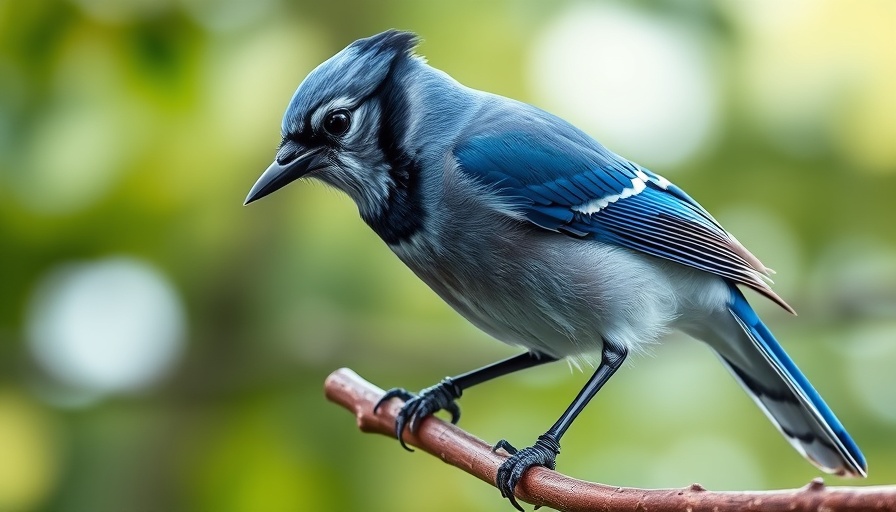
Bird Flu Outbreak Forces Closure of Live Poultry Markets in New York
As authorities in New York state respond to an alarming outbreak of bird flu, all live poultry markets in New York City and surrounding counties have been temporarily shut down. This significant public health measure reflects a growing concern among health officials about the spread of avian influenza, which has already impacted numerous markets and contributed to widespread poultry losses across the United States.
Understanding the Outbreak and Its Impact
The recent closure of poultry markets in New York City, Nassau, Suffolk, and Westchester counties, which began on February 7, is a direct response to the detection of bird flu at multiple locations. Since the beginning of this outbreak in 2022, an estimated 156 million birds, including chickens and turkeys, have succumbed to the virus nationwide. The impact is far-reaching, with egg supply shortages leading to rising prices and additional costs for consumers, particularly within the restaurant industry.
Why This Matters to Consumers
Beyond the immediate closures, the effects of the bird flu outbreak resonate throughout the food supply chain. With egg prices soaring due to diminished laying hen populations, consumers may soon feel the financial pinch as grocery prices rise. Additionally, the closure allows for cleaning and disinfecting measures aimed at curbing further spread, underlining the seriousness with which authorities are tackling this public health issue.
The Broader Context of Animal Health
This bird flu outbreak is part of a larger narrative affecting animal health, particularly livestock. Notably, approximately two-thirds of California's dairy herds have also been infected. The interconnectedness of poultry and dairy production systems demonstrates that the implications of such outbreaks extend beyond one species or sector, impacting overall food security and economic stability.
A Look to the Future
As New York's markets remain closed for a five-day period, the focus will be on preventing further infections. Continuous monitoring and stringent public health policies will be vital in mitigating the risks associated with bird flu outbreaks. For consumers, awareness of how these health challenges can affect food prices and availability will become increasingly important.
 Add Row
Add Row  Add
Add 




Write A Comment